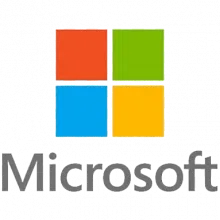
Microsoft Corporation (/ˈmaɪkrəˌsɒft/, abbreviated as MS) is an American multinational technology company headquartered in Redmond, Washington. It develops, manufactures, licenses, supports and sells computer software, consumer electronics, personal computers, and services. Its best known software products are the Microsoft Windows line of operating systems, the Microsoft Office suite, and the Internet Explorer and Edge web browsers. Its flagship hardware products are the Xbox video game consoles and the Microsoft Surface tablet lineup. As of 2016, it is the world's largest software maker by revenue, and one of the world's most valuable companies.







